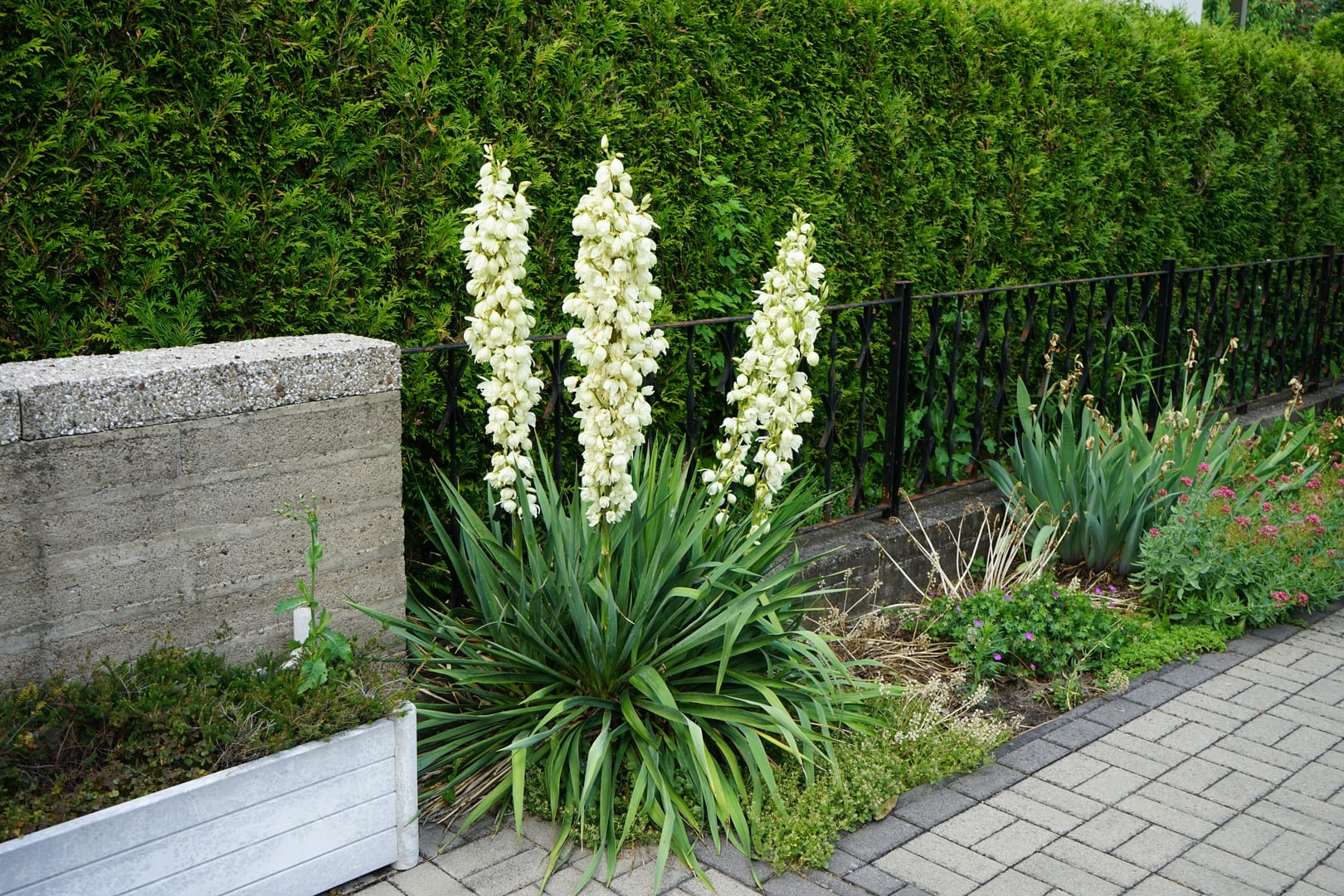Australia’s unique ecosystems and diverse wildlife are central to its national identity and natural heritage. Yet, these invaluable resources face increasing threats from habitat destruction, climate change, and human activity. According to leading environmental experts, the cost of preserving Australia’s environment and saving its threatened species is surprisingly attainable—requiring just 0.3% of the nation’s Gross Domestic Product (GDP). This article explores the feasibility of such an investment, its potential benefits, and why taking action now is crucial for the future of Australia’s biodiversity.
The Urgent Need for Environmental Investment
Australia is home to a vast array of flora and fauna, many of which are found nowhere else on Earth. However, the country also has one of the highest rates of species extinction in the world. The ongoing loss of biodiversity is driven by factors such as deforestation, pollution, invasive species, and climate change, which together create an urgent need for conservation efforts.
Key Challenges Facing Australia’s Environment
- Habitat Loss and Degradation: Urban expansion, agriculture, and mining have led to significant habitat destruction, threatening the survival of many species. The fragmentation of ecosystems further exacerbates these issues by isolating wildlife populations and reducing genetic diversity.
- Climate Change: Rising temperatures, changing precipitation patterns, and extreme weather events are altering habitats and putting additional stress on already vulnerable species. Climate change not only affects wildlife directly but also exacerbates other environmental challenges.
- Invasive Species: Non-native species, such as feral cats and foxes, pose a significant threat to native wildlife. These predators can decimate local populations of birds, reptiles, and small mammals, leading to a decline in biodiversity.
The Economic Feasibility of Conservation Efforts
Investing in environmental conservation is often seen as a costly endeavor. However, experts argue that the financial commitment required to make a substantial impact is relatively modest. An investment of just 0.3% of Australia’s GDP could fund comprehensive conservation programs designed to protect and restore ecosystems and support threatened species.
Breaking Down the Costs
- Restoration and Management: Funds would be allocated to restoring degraded habitats, such as reforesting cleared lands and rehabilitating wetlands. Effective management practices would also be implemented to maintain the health of these ecosystems.
- Species Protection Programs: Targeted initiatives could be developed to protect endangered species. These may include breeding programs, habitat corridors to connect fragmented populations, and predator control measures.
- Research and Monitoring: Investing in scientific research and monitoring is crucial to understanding the needs of different species and assessing the effectiveness of conservation efforts. Data-driven strategies can enhance the impact of conservation programs and adapt to changing environmental conditions.
The Benefits of Investing in Biodiversity
Beyond the intrinsic value of preserving biodiversity, investing in environmental conservation offers numerous benefits that extend beyond the natural world.
Economic Advantages
- Tourism: Australia’s unique wildlife and natural landscapes attract millions of tourists each year. Protecting these assets ensures the continued success of the tourism industry, which is a vital component of the national economy.
- Job Creation: Conservation projects create employment opportunities in areas such as ecological management, research, and eco-tourism. These jobs can stimulate economic growth, particularly in regional and rural communities.
Environmental and Social Benefits
- Ecosystem Services: Healthy ecosystems provide essential services, such as clean air and water, pollination of crops, and climate regulation. By investing in conservation, Australia can ensure the continued provision of these critical services, which underpin human well-being and economic prosperity.
- Cultural Heritage: Many Indigenous communities have deep spiritual and cultural connections to the land and its wildlife. Protecting the environment also preserves these cultural values and supports the traditional knowledge and practices that have sustained Australia’s landscapes for millennia.
The Path Forward: Taking Action Now
The window of opportunity to address Australia’s environmental challenges is closing rapidly. By committing just 0.3% of GDP to conservation efforts, Australia can make significant strides in safeguarding its unique biodiversity and securing a sustainable future for generations to come.
Collaborative Efforts
To achieve meaningful results, collaboration between government agencies, non-governmental organisations, Indigenous communities, and private stakeholders is essential. By working together, these groups can pool resources, share expertise, and implement effective conservation strategies.
Public Engagement and Education
Raising awareness about the importance of biodiversity and the threats it faces is crucial for building public support for conservation initiatives. Educational programs can empower individuals to take action in their communities and advocate for policies that prioritise environmental protection.
Conclusion
Australia stands at a crossroads, with the opportunity to become a global leader in conservation and biodiversity preservation. By investing a small fraction of its GDP in the environment, the nation can protect its natural heritage, support economic growth, and ensure a healthier, more sustainable future for all. Taking decisive action today will benefit not only the diverse species that call Australia home but also the people who rely on its ecosystems for their livelihoods and well-being.










